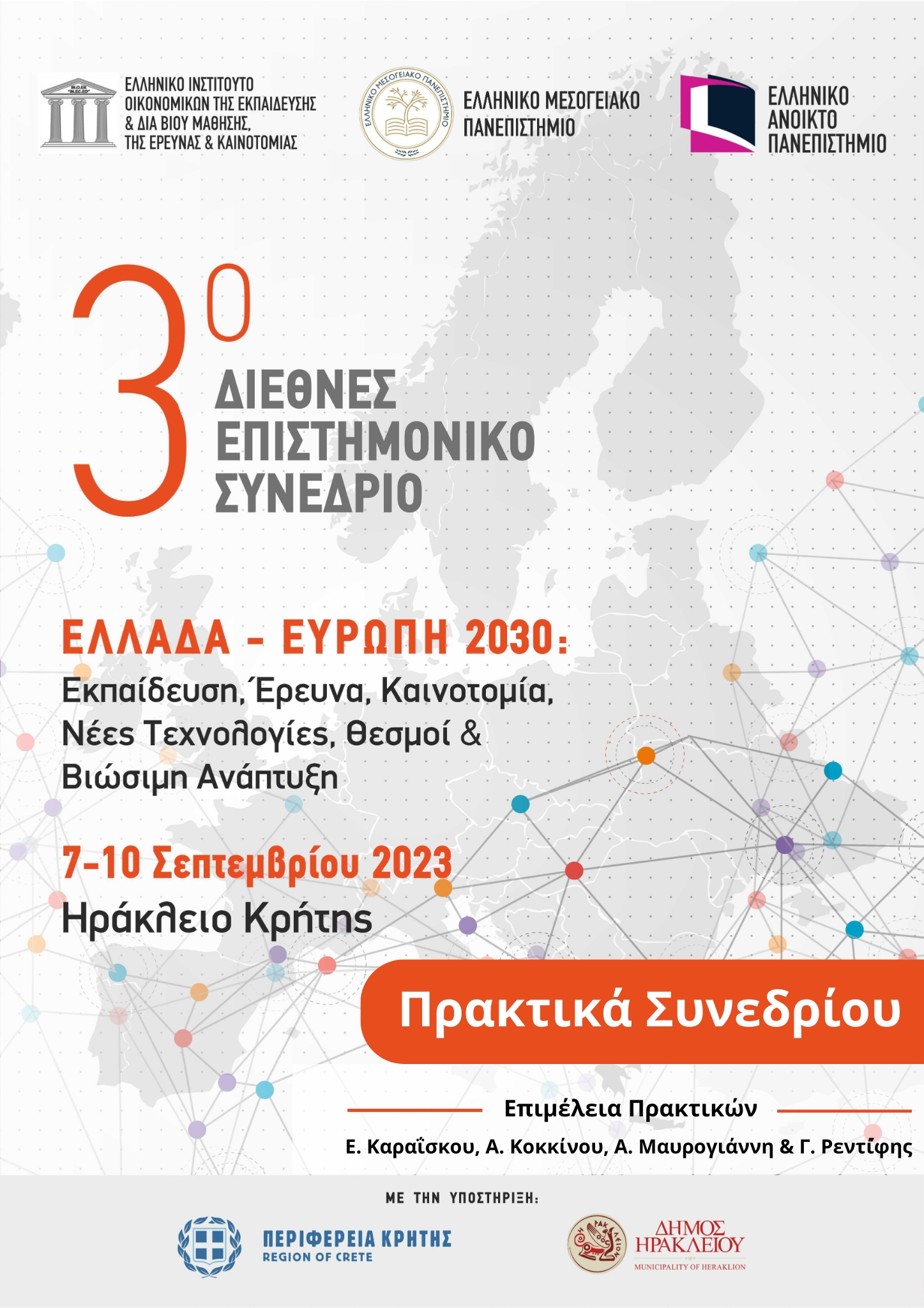FDI and child labor in the EU: An panel data analysis

Περίληψη
Multinational enterprises try to reduce operating costs and invest their capital in countries with low labor costs. However, although low labor cost is considered a determinant for foreign direct investment inflows, it is often associated with illegal activities, namely child labor. Motivated by the limited empirical evidence on the association between child labor and foreign direct investment inflows, the present research aims to investigate child labor in the European Union countries as a determinant of foreign direct investment inflows from 2002 to 2021 through a panel data analysis. The research contributes to the existing knowledge by extending an empirical model and providing empirical evidence for a group of developed countries. It is observed that the Foreign Direct investment inflows in the countries of the European Union are affected by socioeconomic conditions and institutional factors.
Keywords: Child labor, Foreign Direct Investment, European Union, panel analysis.
Περίληψη
Οι πολυεθνικές επιχειρήσεις στοχεύουν στη μείωση του λειτουργικού κόστους και στην επένδυση των κεφαλαίων τους σε χώρες με χαμηλό κόστος εργασίας. Ωστόσο, αν και το χαμηλό κόστος εργασίας θεωρείται κρίσιμος παράγοντας των εισροών άμεσων ξένων επενδύσεων, συχνά σχετίζεται με παράνομες δραστηριότητες, όπως την παιδική εργασία. Λαμβάνοντας υπόψη ότι υπάρχουν περιορισμένα εμπειρικά στοιχεία για τη συσχέτιση μεταξύ της παιδικής εργασίας και των εισροών Άμεσων Ξένων Επενδύσεων, σκοπός της παρούσας μελέτης είναι η διερεύνηση της παιδικής εργασίας στις χώρες της Ευρωπαϊκής Ένωσης ως προσδιοριστικός παράγοντας των εισροών Άμεσων Ξένων Επενδύσεων από το 2002 έως το 2021 μέσω ανάλυση δεδομένων πάνελ. Η έρευνα συμβάλλει στην υπάρχουσα γνώση επεκτείνοντας ένα εμπειρικό μοντέλο και παρέχοντας εμπειρικά στοιχεία για μια ομάδα ανεπτυγμένων χωρών. Η μελέτη καταλήγει στο συμπέρασμα ότι οι εισροές Άμεσων Ξένων Επενδύσεων στις χώρες της Ευρωπαϊκής Ένωσης επηρεάζονται από τις κοινωνικοοικονομικές συνθήκες και τους θεσμικούς παράγοντες.
Λέξεις κλειδιά: Παιδική εργασία, Άμεσες Ξένες Επενδύσεις, Ευρωπαϊκή Ένωση, ανάλυση πάνελ.
Λεπτομέρειες άρθρου
- Ενότητα
- Εισηγήσεις

Αυτή η εργασία είναι αδειοδοτημένη υπό το CC Αναφορά Δημιουργού 4.0.
Οι συγγραφείς των άρθρων που δημοσιεύονται στα πρακτικά του συνεδρίου για την «Εκπαίδευση, Δια Βίου Μάθηση, Έρευνα και Τεχνολογική Ανάπτυξη, Καινοτομία και Οικονομία»διατηρούν τα δικαιώματα πνευματικής ιδιοκτησίας επί των άρθρων τους. Άρθρα που δημοσιεύονται στα πρακτικά διατίθενται με άδεια Creative Commons 4.0 και σύμφωνα με την άδεια μπορούν να χρησιμοποιούνται ελεύθερα, με αναφορά στο/στη συγγραφέα και στην πρώτη δημοσίευση για μη κερδοσκοπικούς σκοπούς και με δικαίωμα τροποποίησης μόνον με παρόμοια διανομή (αν αναμείξετε, τροποποιήσετε, ή δημιουργήσετε πάνω στο υλικό, πρέπει να διανείμετε τις δικές σας συνεισφορές υπό την ίδια άδεια όπως και το πρωτότυπο)

